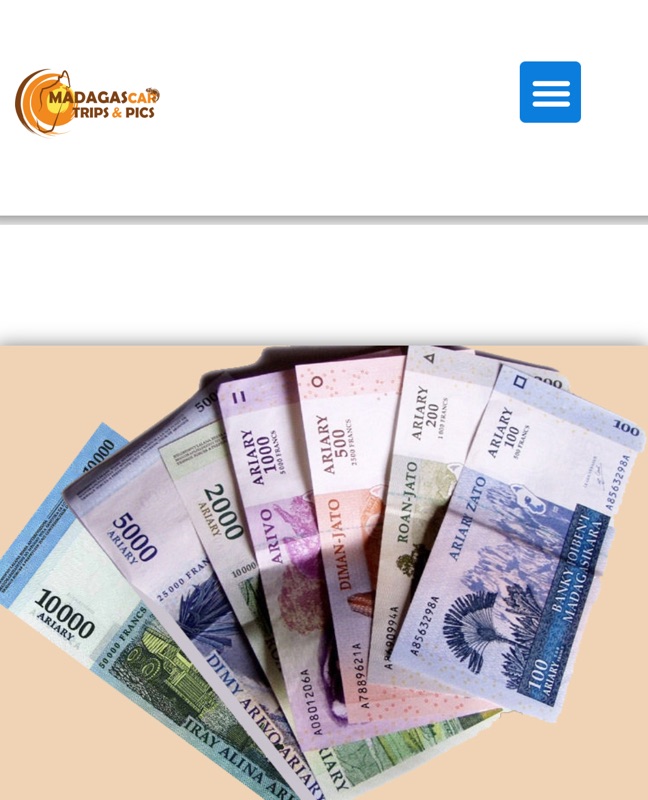Ariary

The Ariary is the official currency of Madagascar, abbreviated as MGA.
1.History
The history of the ariary can be traced back to the early 19th century
a) Origins: The term "ariary" is derived from the Malagasy word for "money." Before the introduction of the ariary, different forms of currency were used in Madagascar, including cowry shells and Spanish coins.
b) 1818: The first official introduction of the ariary occurred when King Radama I established a new monetary system. The original currency was based on the decimal system, with 1 ariary subdivided into 5 iraimbilanja.
c) 1875: The French colonization of Madagascar led to the standardization of the currency. The French introduced their own currency, the French franc, which coexisted with the ariary.
d) 1925: The ariary was officially reintroduced as the main currency, pegged to the French franc.
e) Post-Independence: After Madagascar gained independence from France in 1960, the Ariary was redefined and became the sole currency of the country. The Central Bank of Madagascar was established to manage the currency.
f) Current System: The modern ariary was revalued in 2003, with 1 new ariary equivalent to 5 old ariary. The currency continues to serve as Madagascar's legal tender, and its value has seen fluctuations against major global currencies.
2. Subdivisions
- The ariary is subdivided into 100 iraimbilanja, but the iraimbilanja is rarely used in everyday transactions.
3.Coin and Banknote Denominations
- Coins: Common coin denominations include 1, 5, 10, 20, 50, 100, and 200 ariary.
- Banknotes: Banknotes are available in various denominations, including 1,000, 2,000, 5,000, 10,000, 20,000, and 50,000 ariary.
4. Design
- The design of the notes often features images of notable figures from Madagascar’s history, cultural symbols, and local wildlife. This imagery reflects the country’s heritage and biodiversity.
5. Economic Context
- The ariary is subject to fluctuations in value, often influenced by factors such as inflation, political stability, and economic conditions in Madagascar.
- It is essential for both local commerce and tourism, although many tourists also use major foreign currencies like the euro or US dollar.
6.Usage
- The ariary is used for all types of transactions within Madagascar, from everyday purchases to larger economic exchanges. In rural areas, local barter systems may also supplement currency use.
In summary, the ariary is a crucial aspect of Madagascar's economy and culture, serving as the primary medium of exchange for its people.


Comments
Post a Comment